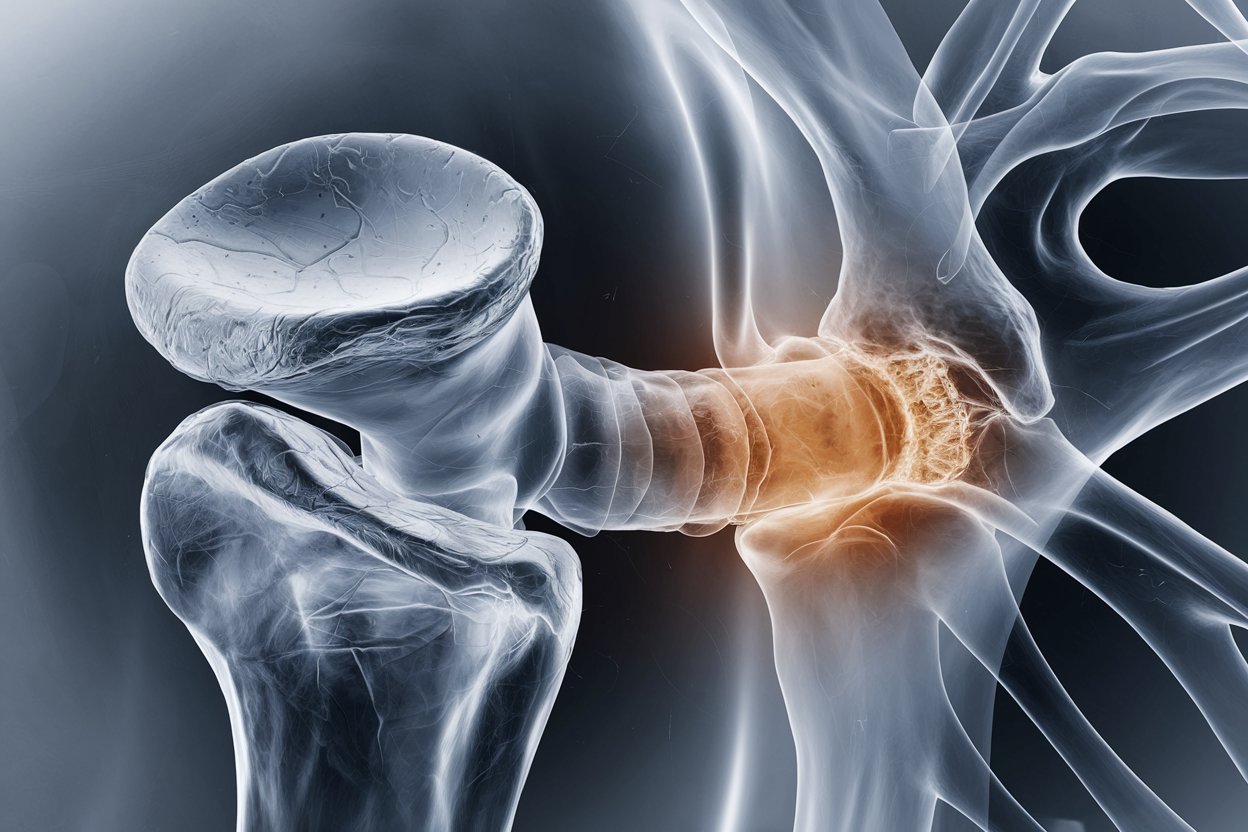
What is a Perthes Lesion? A Perthes Lesion is a specific type of shoulder injury involving the labrum, a ring of cartilage that surrounds the shoulder socket. This injury often occurs due to trauma or repetitive shoulder movements, common in athletes or individuals with physically demanding jobs. Symptoms can include pain, instability, and decreased range of motion in the shoulder. Diagnosis typically involves imaging tests like MRI or CT scans. Treatment options range from physical therapy to surgical intervention, depending on the severity. Understanding Perthes Lesion is crucial for effective management and recovery.
Key Takeaways:
- Perthes lesion is a shoulder injury named after a surgeon, causing pain and instability, commonly seen in athletes and young adults, often requiring surgery and extensive rehabilitation for recovery.
- Understanding Perthes lesion is crucial for early diagnosis and treatment, involving labrum tear, shoulder instability, and the importance of patient education for successful outcomes.
What is a Perthes Lesion?
A Perthes lesion is a specific type of shoulder injury involving the labrum, a ring of cartilage that surrounds the shoulder socket. This injury can cause pain, instability, and limited range of motion in the shoulder. Understanding the details of this condition can help in recognizing symptoms and seeking appropriate treatment.
- Named After a Surgeon: The lesion is named after German surgeon Georg Perthes, who first described it in 1905.
- Labrum Involvement: It specifically involves a tear in the anteroinferior part of the labrum.
- Common in Athletes: Frequently seen in athletes, especially those involved in overhead sports like baseball or volleyball.
- Shoulder Instability: Causes shoulder instability, making it prone to dislocations.
- Painful Condition: Often results in significant shoulder pain, especially during movement.
- MRI Diagnosis: Magnetic Resonance Imaging (MRI) is commonly used to diagnose this lesion.
- Arthroscopy for Confirmation: Sometimes, arthroscopy is needed to confirm the diagnosis.
- Associated with Bankart Lesion: Often confused with or associated with a Bankart lesion, another type of labral tear.
- Surgical Repair: Surgery is often required to repair the torn labrum and restore stability.
- Rehabilitation: Post-surgery, extensive rehabilitation is necessary for recovery.
- Common in Young Adults: Most commonly affects young adults, particularly those aged 20-30.
- Traumatic Origin: Usually results from a traumatic event, such as a fall or direct blow to the shoulder.
- Symptoms: Symptoms include shoulder pain, a feeling of instability, and decreased range of motion.
- Physical Therapy: Physical therapy can help strengthen the shoulder muscles and improve stability.
- Preventive Measures: Preventive measures include proper training techniques and avoiding overuse.
- Recurrent Dislocations: Without treatment, it can lead to recurrent shoulder dislocations.
- Impact on Daily Activities: Can significantly impact daily activities and quality of life.
- Gender Prevalence: More common in males than females.
- Non-Surgical Options: In some cases, non-surgical treatments like rest and anti-inflammatory medications may be effective.
- Return to Sports: Athletes can often return to their sport after successful treatment and rehabilitation.
- Diagnostic Challenges: Can be challenging to diagnose due to overlapping symptoms with other shoulder injuries.
- Advanced Imaging Techniques: Advanced imaging techniques like MR arthrography can provide a clearer picture.
- Role of Genetics: Some studies suggest a genetic predisposition to shoulder instability.
- Importance of Early Diagnosis: Early diagnosis and treatment are crucial for preventing long-term complications.
- Patient Education: Educating patients about the condition and its management is essential for successful outcomes.
Final Thoughts on Perthes Lesion
Perthes lesion, a shoulder injury, affects the labrum, causing pain and instability. It's common in athletes, especially those involved in overhead sports like baseball or tennis. Early diagnosis and treatment are crucial for recovery. Symptoms include shoulder pain, weakness, and limited range of motion. Treatment options range from physical therapy to surgery, depending on the severity. Preventative measures, such as proper warm-ups and strengthening exercises, can reduce the risk. Understanding Perthes lesion helps in recognizing symptoms early and seeking appropriate care. Staying informed about this condition ensures better management and quicker recovery. Remember, if you suspect a shoulder injury, consult a healthcare professional promptly. Your shoulder health is vital for maintaining an active lifestyle. Stay proactive and take care of your joints to keep enjoying your favorite activities.
Frequently Asked Questions
Was this page helpful?
Our commitment to delivering trustworthy and engaging content is at the heart of what we do. Each fact on our site is contributed by real users like you, bringing a wealth of diverse insights and information. To ensure the highest standards of accuracy and reliability, our dedicated editors meticulously review each submission. This process guarantees that the facts we share are not only fascinating but also credible. Trust in our commitment to quality and authenticity as you explore and learn with us.
